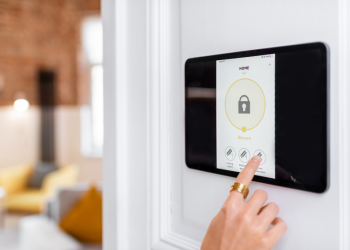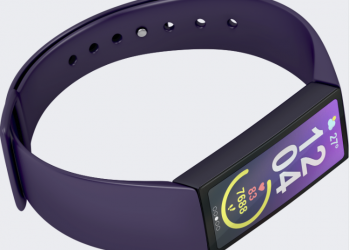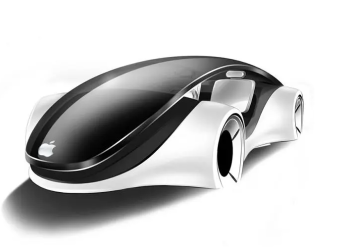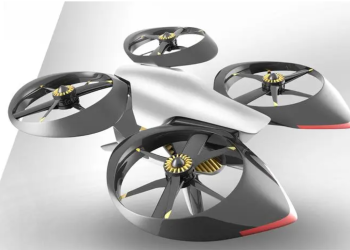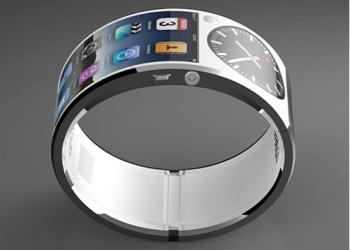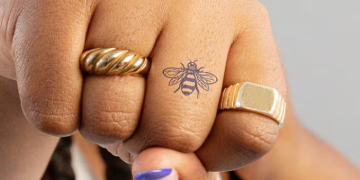In recent years, the world has witnessed a remarkable transformation in the realm of technology, particularly in the form of smart wearables. These innovative devices, designed to be worn on the body, have revolutionized how we interact with technology in our daily lives. From humble beginnings to mainstream acceptance, the evolution of smart wearables has been nothing short of extraordinary.
Early Beginnings of Smart Wearables
The journey of smart wearables can be traced back to the early 2000s when the concept of wearable technology first emerged. Initial iterations focused primarily on basic functionalities such as pedometers and heart rate monitors. These rudimentary devices laid the foundation for what would eventually become a thriving industry.
Key Milestones in Smart Wearables Development
Over the years, significant advancements in technology have propelled smart wearables from novelty items to indispensable tools. Notable milestones include the introduction of iconic devices like the Fitbit, which revolutionized the fitness tracking industry, and the Apple Watch, which seamlessly integrates with other Apple products to offer a comprehensive user experience. Additionally, experimental projects like Google Glass pushed the boundaries of wearable technology, showcasing the potential for hands-free computing.
Integration of Smart Wearables into Daily Life
One of the most compelling aspects of smart wearables is their ability to seamlessly integrate into our daily routines. Whether it’s tracking our steps, monitoring our sleep patterns, or providing real-time notifications, these devices have become indispensable companions for millions of users worldwide. Moreover, the advent of smart clothing and accessories has further blurred the lines between fashion and technology, allowing for a more personalized and immersive experience.
Challenges and Limitations
Despite their widespread adoption, smart wearables are not without their challenges. Privacy concerns surrounding the collection and use of personal data have raised significant ethical questions. Additionally, issues related to user acceptance and adoption persist, with many individuals still hesitant to embrace wearable technology due to perceived barriers such as cost and complexity.
Future Trends in Smart Wearables
Looking ahead, the future of smart wearables holds immense promise. As technology continues to advance, we can expect to see even greater integration of these devices into our daily lives. From advancements in health monitoring to the proliferation of augmented reality experiences, the possibilities are virtually endless. Moreover, as manufacturers continue to refine their products and expand their offerings, smart wearables are poised to become even more ubiquitous in the years to come.
Conclusion
In conclusion, the evolution of smart wearables represents a significant milestone in the ongoing march of technological progress. What began as a niche market has evolved into a mainstream phenomenon, reshaping the way we live, work, and play. As we look to the future, it’s clear that smart wearables will continue to play a central role in shaping the digital landscape, offering new opportunities for innovation and discovery.

FAQs After The Conclusion:
- Are smart wearables safe to use?
- How do smart wearables impact privacy?
- What are some common features of smart wearables?
- Can smart wearables help improve fitness?
- What is the future of smart clothing?
- Are there any regulatory concerns surrounding smart wearables?
- What role do smart wearables play in healthcare?
- How do smart wearables differ from traditional accessories?


